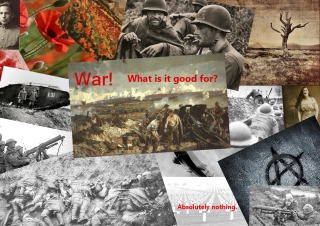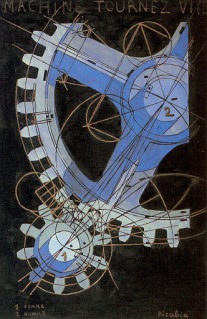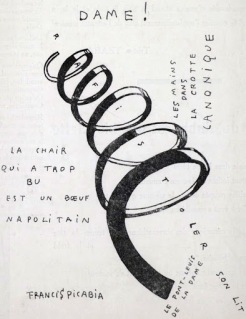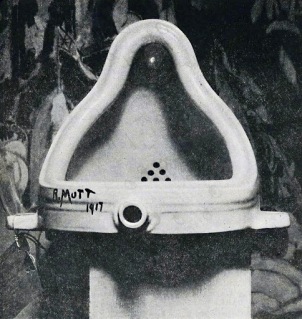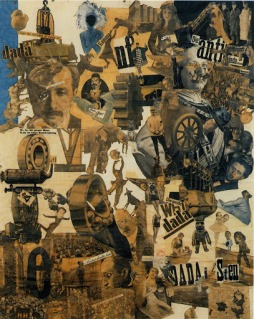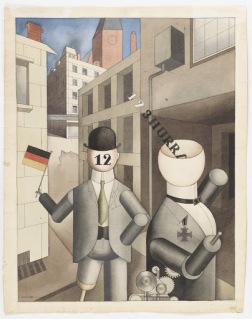Marcel Duchamp gained fame for his scandalous mockery of social attitudes with artworks like ‘Fountain’. Based in New York at the time, Duchamp was president of the Society of Independent Artists, a leading avant-garde society that sought to be open to anyone. However, he resigned at the rejection for his fountain, true contradiction of what the society stood for.
Marcel Duchamp, Fountain – 1917:
Hannah Hoch was a well connected female Dadaist based in Berlin. She is famed for her collage, photomontage work and relationship with fellow Dada artist Raoul Hausmann. Much of her work is critical of mass culture beauty industry in an age where fashion and advertising were gaining momentum and power over western cultures.
Cut with the Kitchen Knife through the Beer-Belly of the Weimar Republic by Hannah Hoch – 1919:
Grosz was a political artist, anti-nazi and a member, for a couple of years, of the Communist Party of Germany. His artwork is a reflection of his political stance and in this piece it shows caractural people with mechanical parts and numbers waving a German flag in an metropolis backdrop. This epitomizes what Dada is all about. It is a mockery of war, oppressive politics and nationalism.
